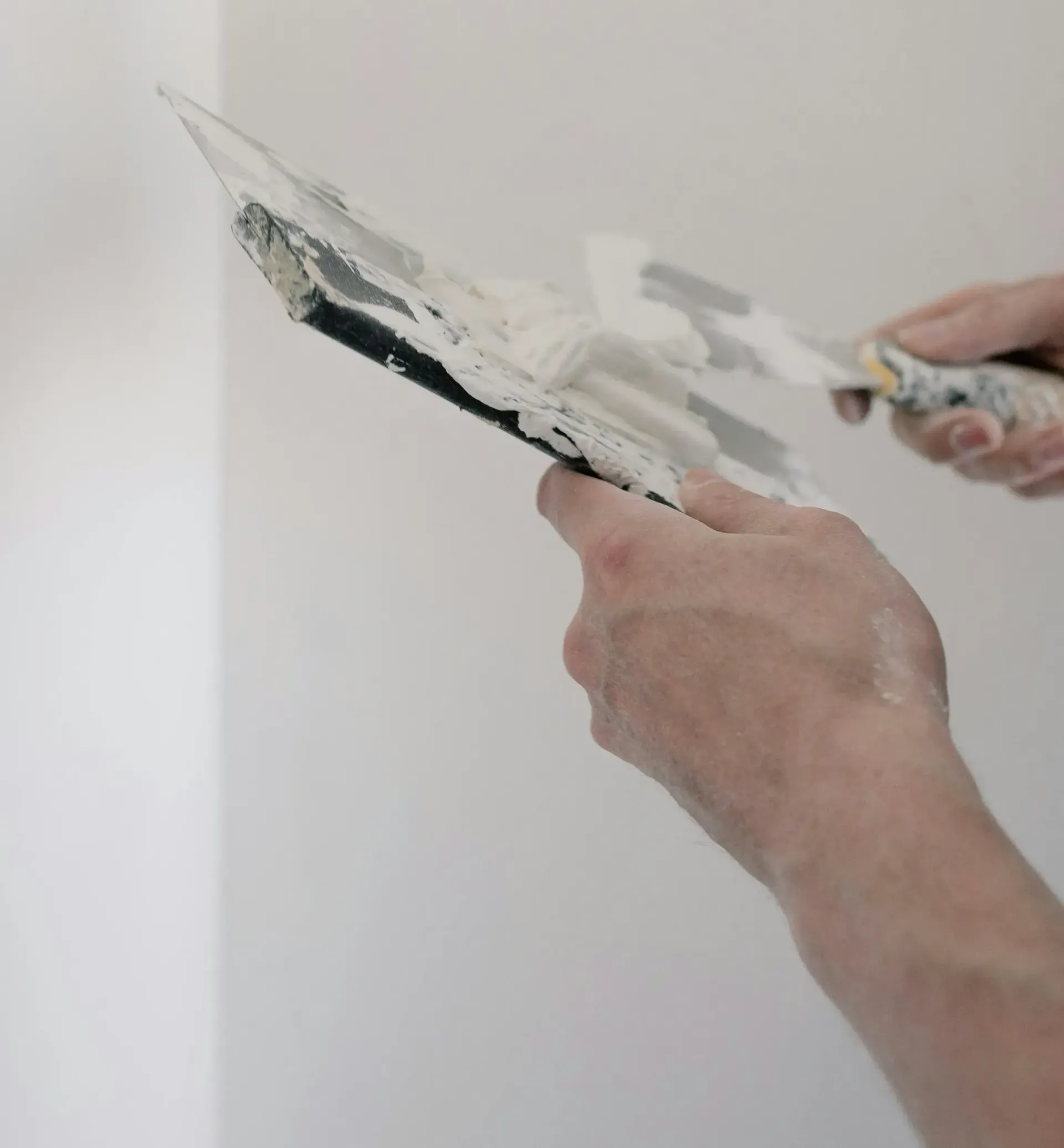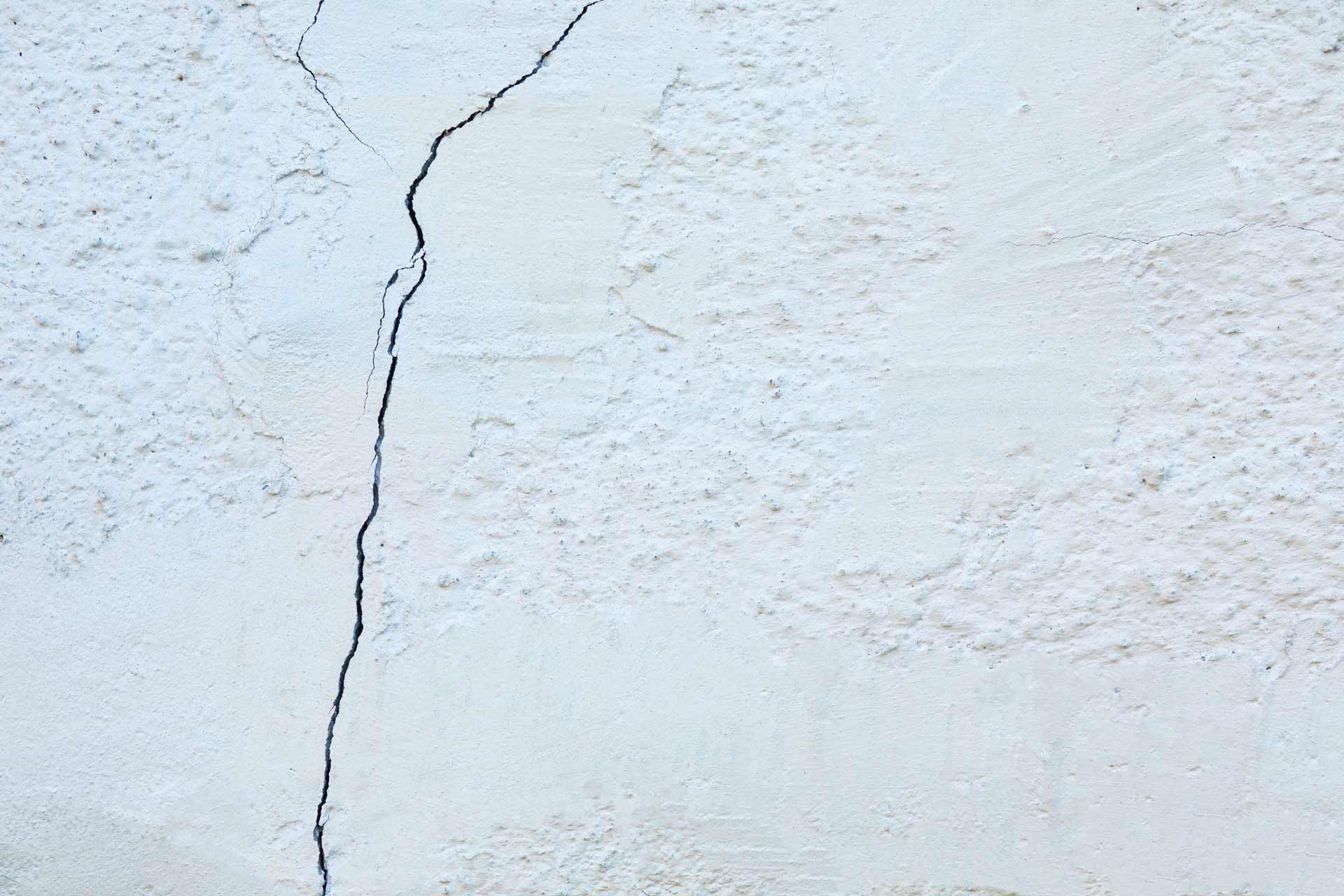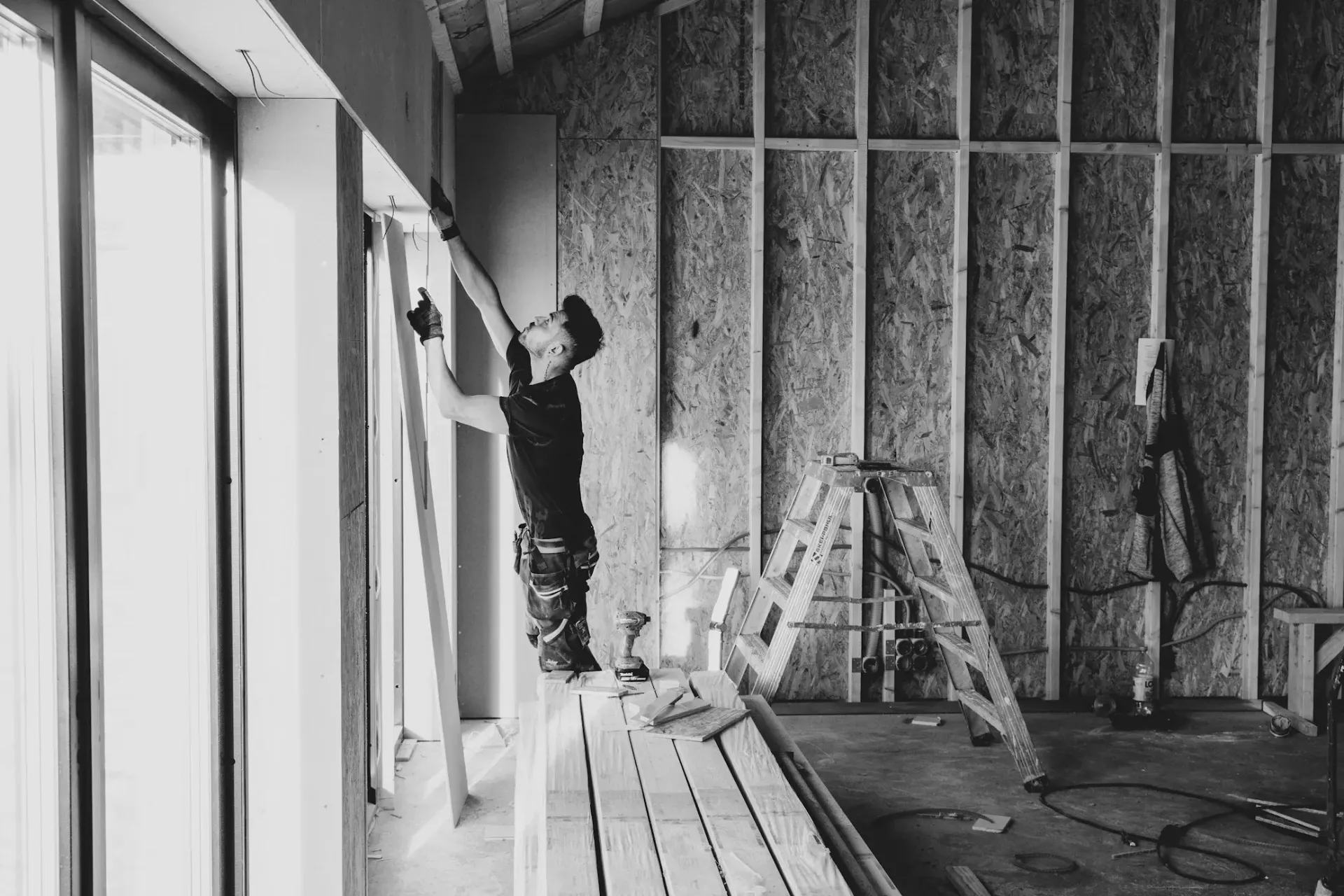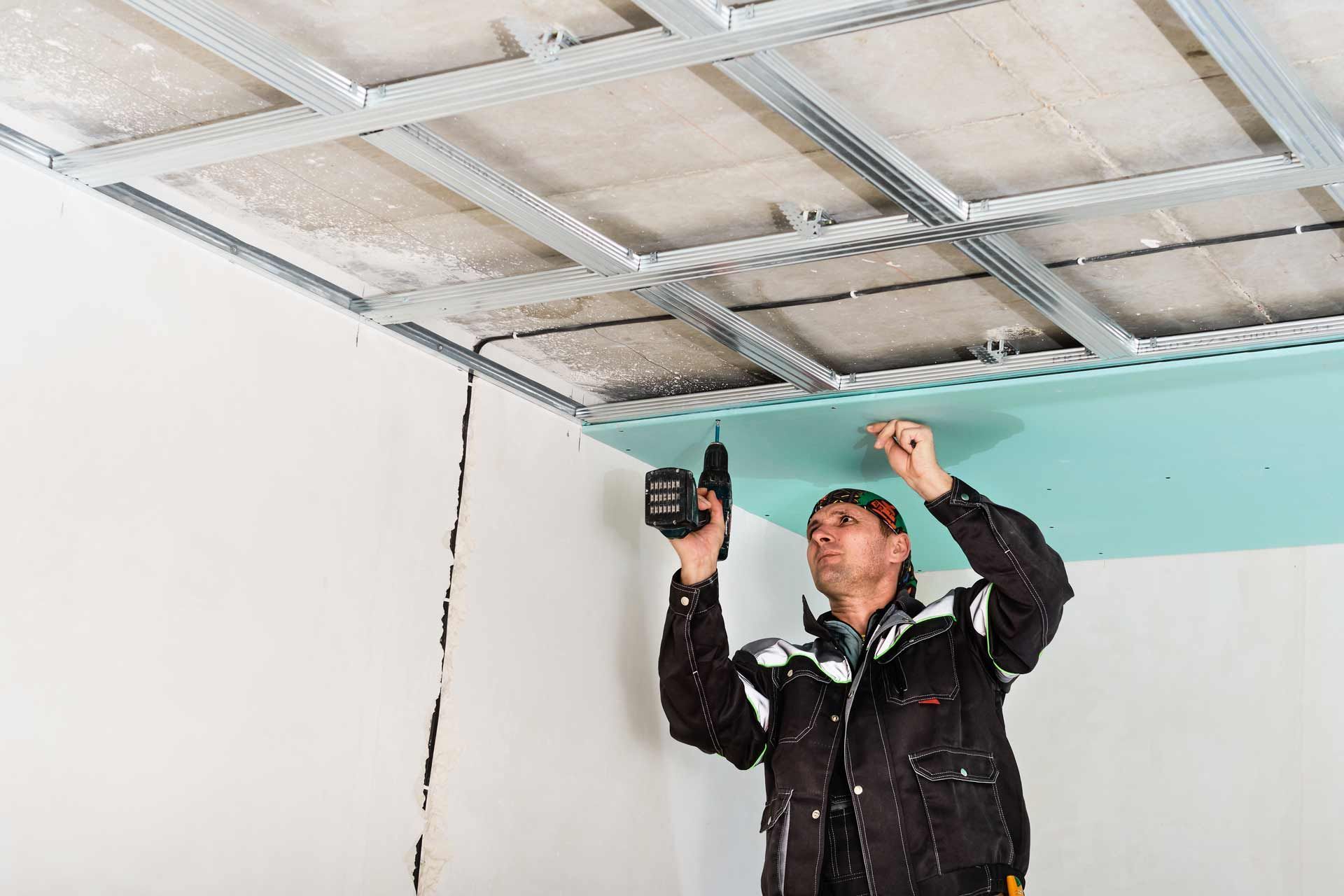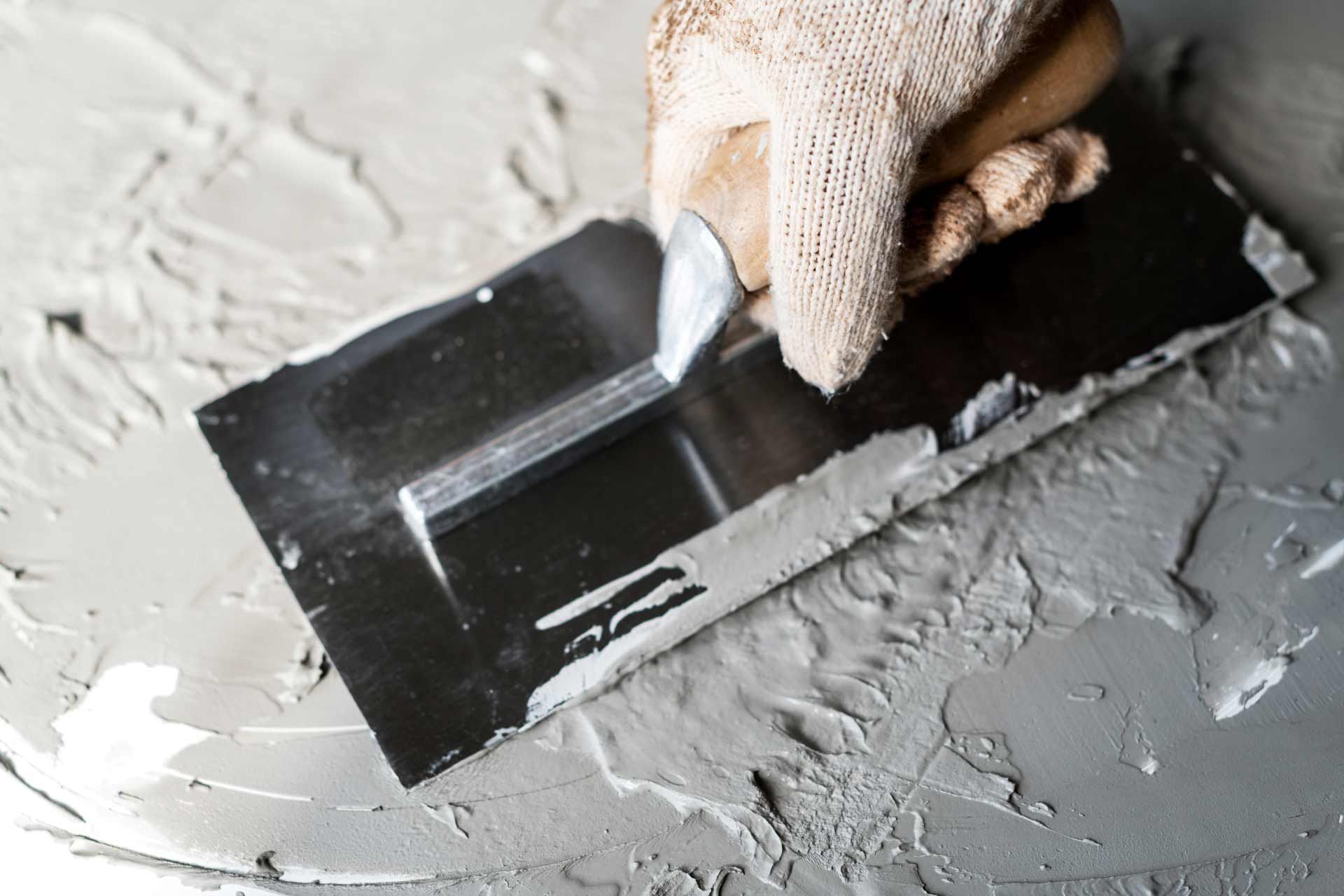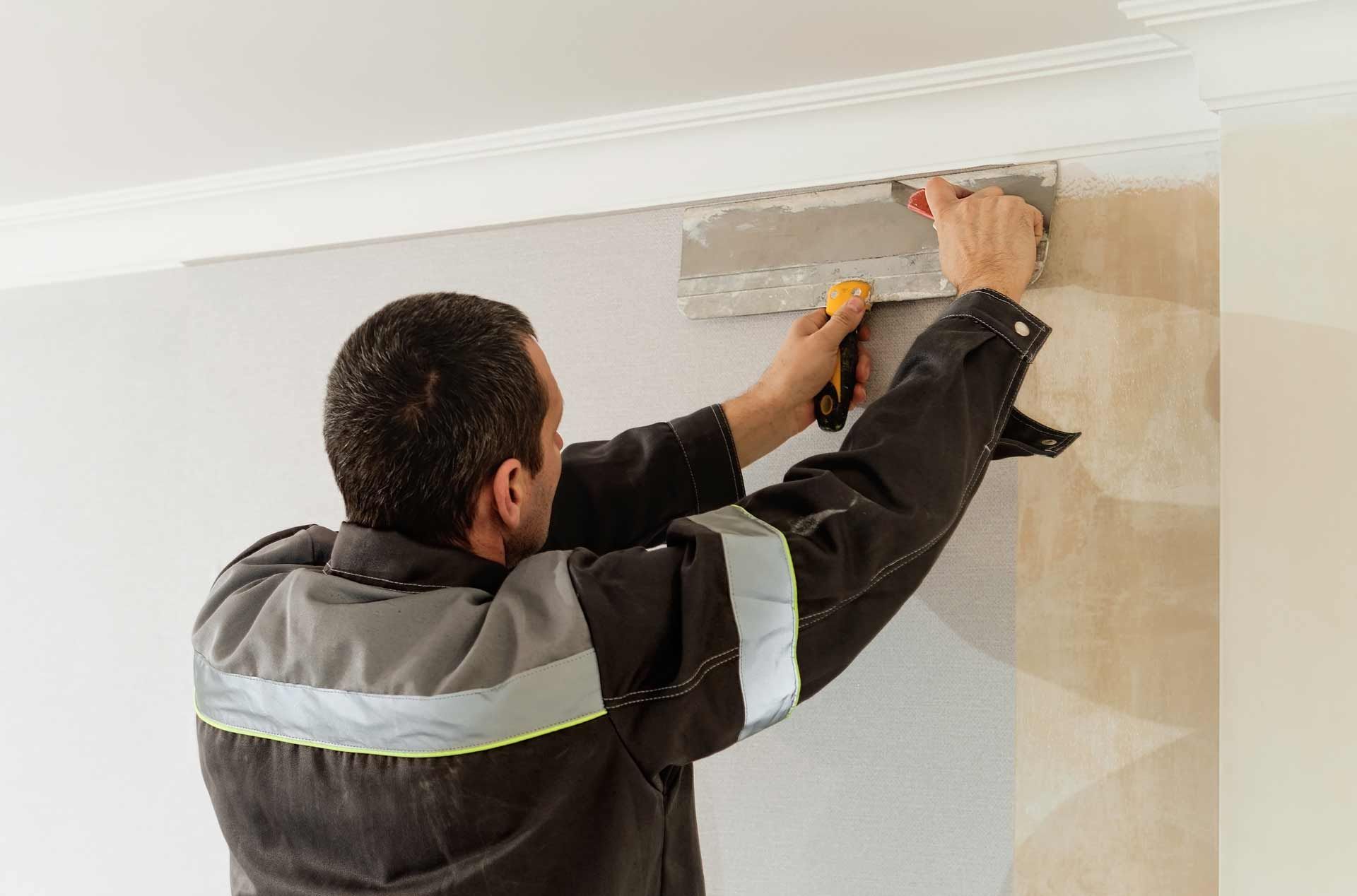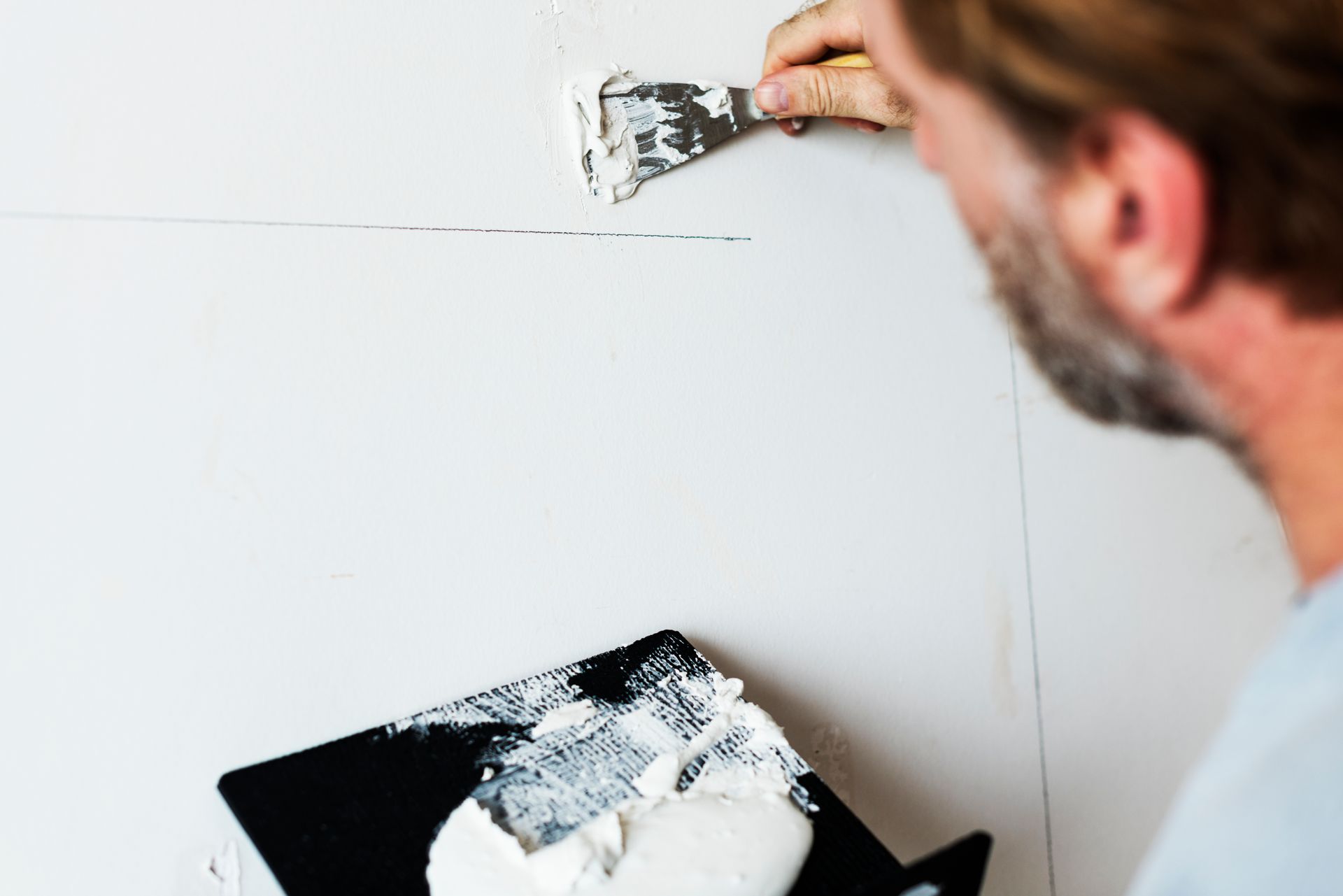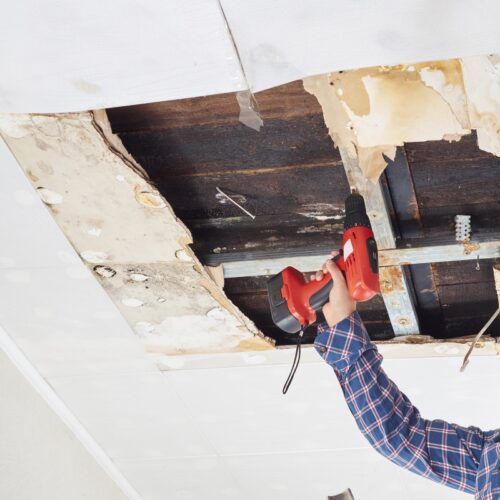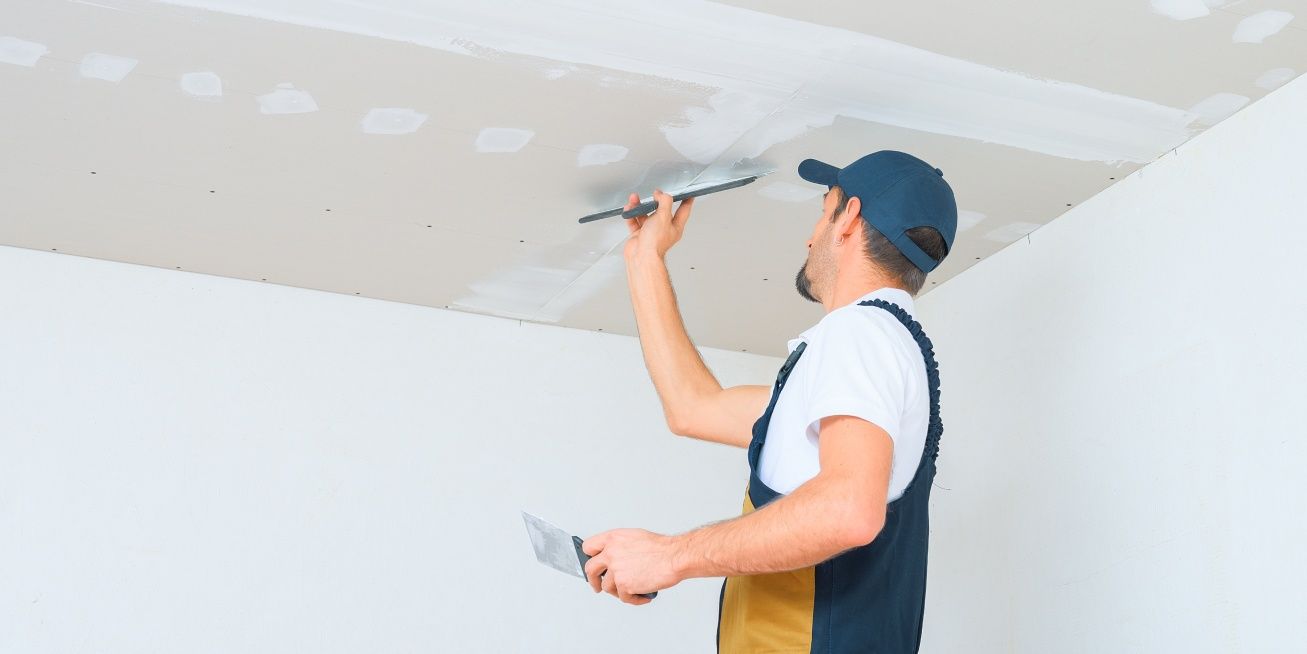
Water-Damaged Drywall: Repair Costs & Steps to Take
Introduction: Why Fast Action Matters
Water-damaged drywall isn’t just an eyesore — it’s a potential hazard to your home’s structure and indoor air quality. Whether the cause is a roof leak, burst pipe, or flooding, quick action is critical. Delaying repairs can lead to mold growth, wall instability, and higher costs down the line.
This guide covers the average repair costs, step-by-step process, and when to hire a professional drywall repair contractor for the job.
Common Causes of Water-Damaged Drywall
- Roof Leaks – Heavy rain, snowmelt, or damaged shingles can cause seepage.
- Plumbing Issues – Burst pipes or slow leaks hidden inside walls.
- Appliance Failures – Overflowing washing machines, dishwashers, or water heaters.
- Flooding – Basement water intrusion or natural disasters.
Tip: If you see bubbling paint, discoloration, or a musty smell, water damage may already be affecting your drywall — even if it still looks solid.
Estimated Repair Costs
| Type of Water Damage | Typical Repair Cost | Timeframe |
|---|---|---|
| Small localized patch | 200 – $400 | 1 day |
| Multiple panels replaced | $500 – $900 | 1–2 days |
| Ceiling water damage | $650 – $1,200 | 2–3 days |
| Full wall replacement | $1,000+ | 3–4 days |
Note: Costs vary based on
damage severity, wall location, and whether painting or texture matching is included.
Step-by-Step Repair Process
1. Inspection & Assessment
A qualified drywall contractor locates the water source, checks the extent of saturation, and determines whether sections can be repaired or need replacement.
2. Stopping the Water Source
The leak must be fixed first — whether from plumbing, roofing, or exterior siding.
3. Drying the Area
Industrial fans or dehumidifiers run for 24–72 hours to prevent mold formation.
4. Removing Damaged Sections
Soft, crumbling drywall is cut out along with any wet insulation.
5. Installing New Drywall
Fresh panels are cut, fitted, and secured to studs.
6. Taping, Mudding & Sanding
Seams are finished to create a smooth, paint-ready surface.
7. Texture Matching & Painting
If needed, the texture is replicated to blend seamlessly into the existing wall or ceiling.
When to Call a Professional
- Extensive damage affecting multiple panels or ceilings.
- Ceiling water damage that could lead to collapse if ignored.
- Recurring leaks requiring coordinated plumbing or roofing work.
- Visible mold growth that needs proper remediation.
Preventing Future Water Damage
- Schedule
annual roof inspections.
- Install a
sump pump if your home is prone to flooding.
- Regularly check
plumbing connections under sinks and behind appliances.
- Keep
gutters and downspouts clear of debris.
FAQs
Q: How soon should I repair water-damaged drywall?
A: Within 24–48 hours to prevent mold growth and further deterioration.
Q: Can I repair it myself?
A: Small patches may be DIY-friendly, but extensive or ceiling damage should be handled by a professional.
Q: Does insulation need to be replaced too?
A: If it’s wet, yes — insulation can trap moisture and cause mold.
Conclusion & Call to Action
Water-damaged drywall repair is about more than just appearance — it’s about protecting your home’s structure and your family’s health. Whether you need a small patch or a full wall replacement, hiring an experienced drywall repair contractor ensures a safe, long-lasting fix.
📞
Call us today or
Request Your Free Estimate to get your drywall repaired fast and right the first time.

